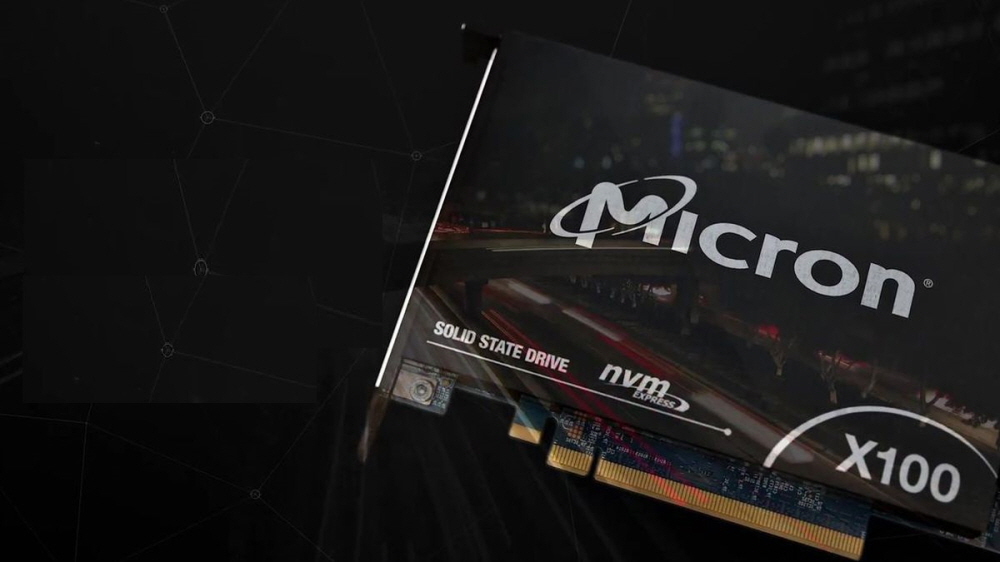
Intel and Micron have been developing 3D XPoint, a large-capacity nonvolatile memory technology. However, on March 16, 2021, Micron announced that it would withdraw from the development of 3D XPoint, and it is revealed that it is also considering the sale of the semiconductor plant that was producing 3D XPoint.
3D Xpoint complained that Intel and Micron co-developed nonvolatile memory technology, which is compatible with higher recording density than DRAM and faster reading and writing than NAND. Intel developed the Optane brand with a product that adopted 3D Xpoint. The launch of high-speed and large-capacity memory products such as Intel Optane SSD DC P4800X and Optane DC Persistent Memory, and in 2018, Google Cloud introduced Intel Optane memory to servers. It was also reported. However, as sales did not grow, Intel stopped developing Optane memory for desktops in January 2021.
Meanwhile, in October 2019, Micron announced the Micron X100, an ultra-fast, ultra-low-latency SSD that adopted 3D Xpoint. However, according to reports, the Micron X100 was not shipped to a limited number of users. In addition, Micron has set up a 3D Xpoint factory in Utah, USA, but is losing $400 million annually due to low demand for 3D Xpoint.
As the 3D XPoint related business did not get on track, Micron announced on March 16, 2021 that it would withdraw from the 3D XPoint development. At the same time, it was revealed that it was considering the sale of the 3D Xpoint factory.
Micron said that it will end the supply of Intel 3D XPoint in 2021, and explained that the company plans to own all intellectual property rights related to 3D XPoint. Meanwhile, Intel expressed its intention to continue developing enterprise Optane memory, saying that Micron’s withdrawal of 3D XPoint will not affect Intel’s Optane brand strategy and production plan. Related information can be found here.

